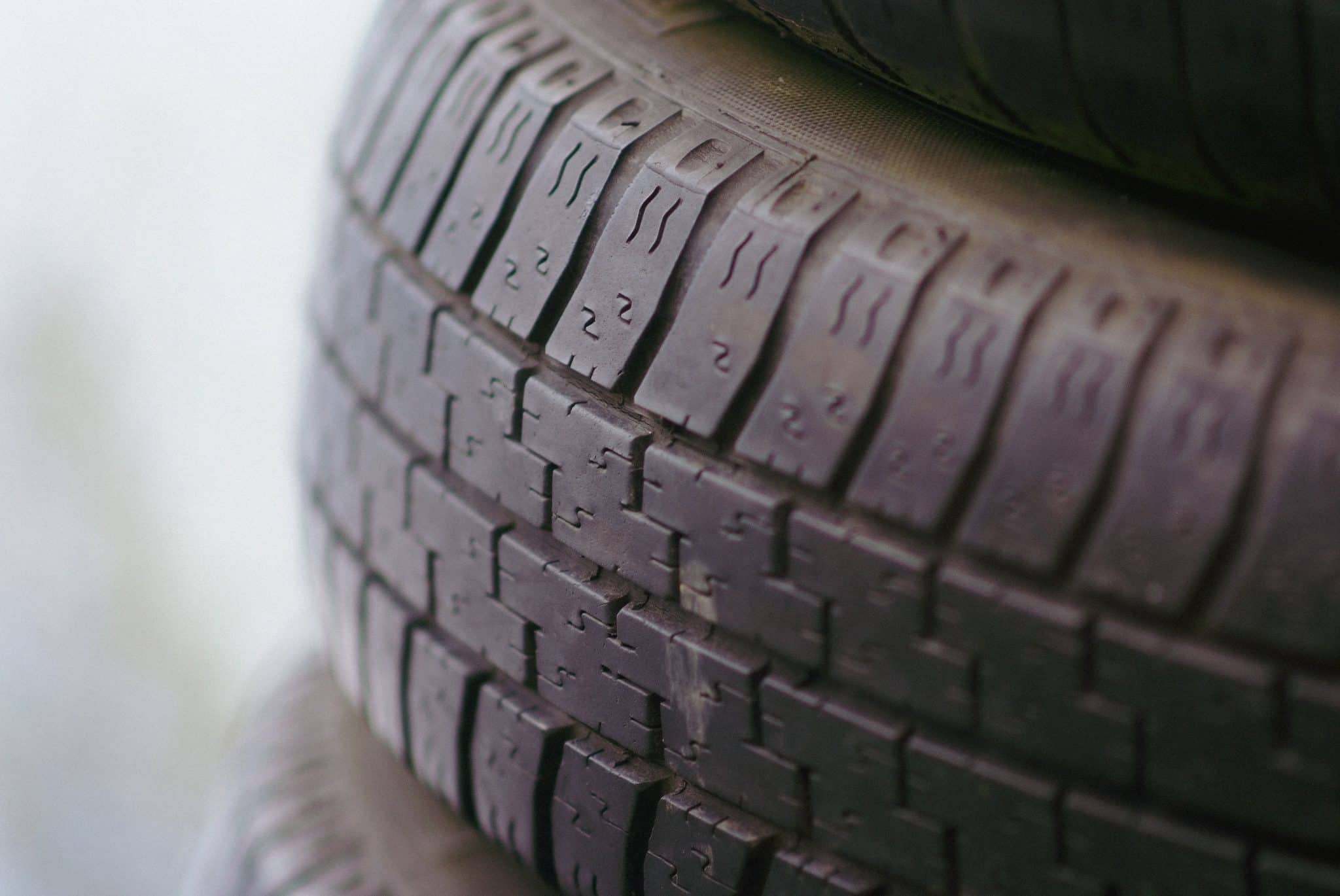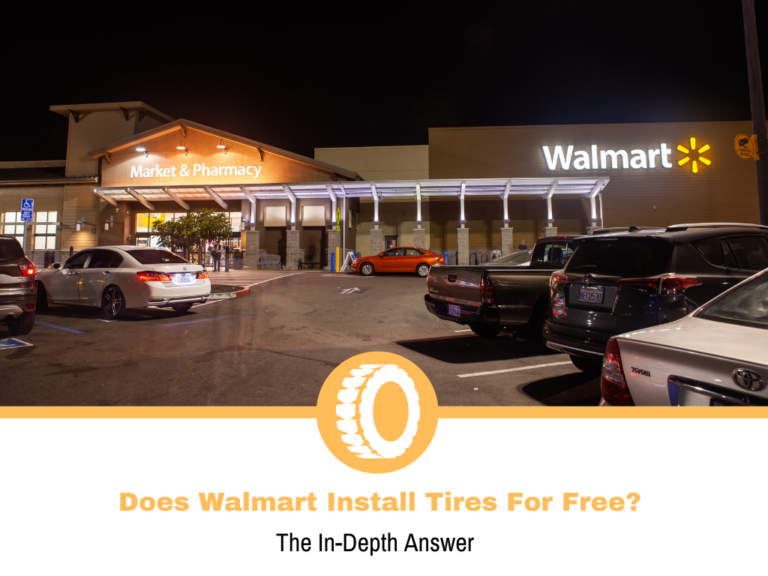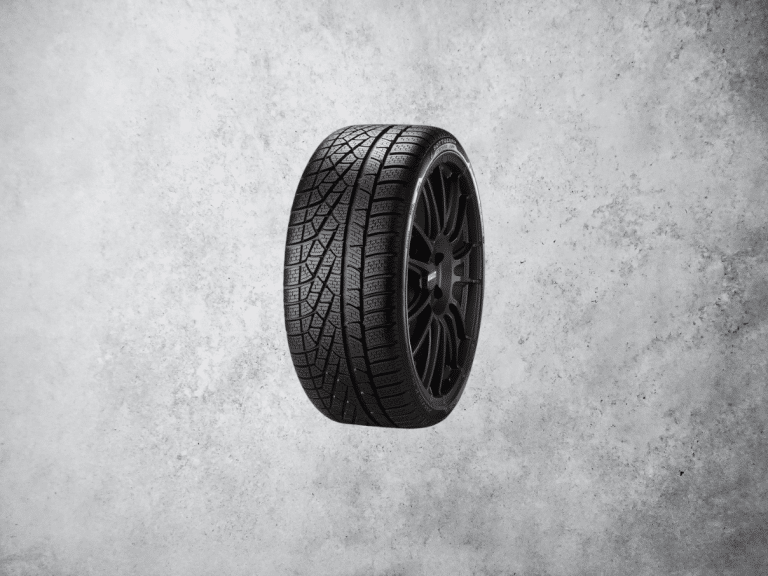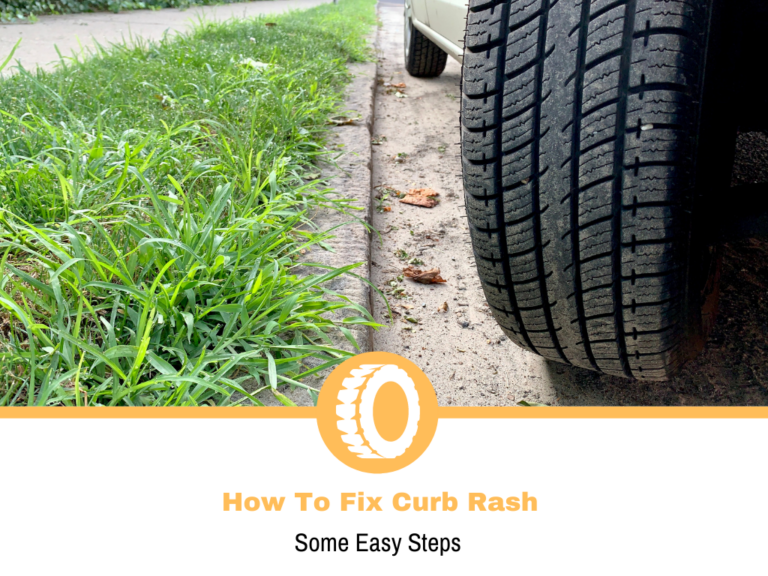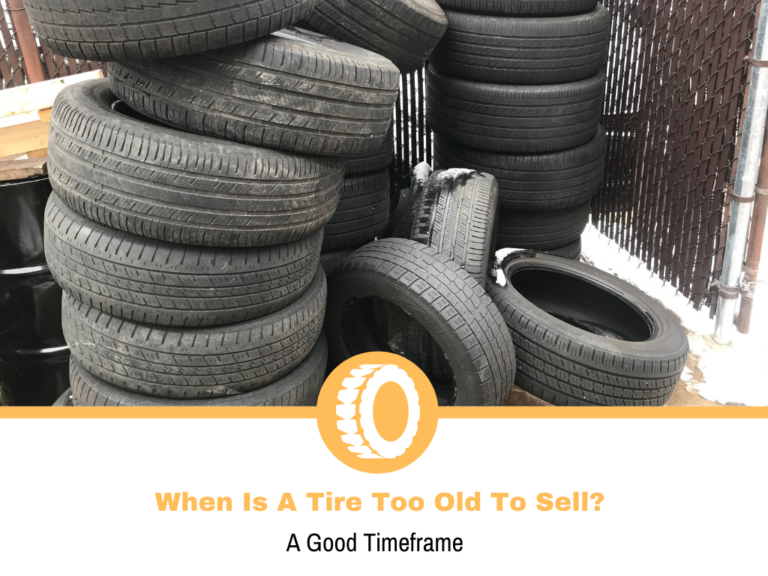Breaking in Tires
I’m sure you’ve heard of the term breaking in, and it’s one usually used when we’re talking about cars. The break in period applies to new vehicles and enables the internals not to wear out prematurely.
Breaking in your engine and transmission means you don’t put a lot of strain on the components. They’ve been assembled in the factory, but the car hasn’t seen any driving. It’s like getting out of bed and running a marathon; you won’t last too long.
With the car aside, many people don’t realize the same goes for new parts. Not all of them, but some need some time to “adjust” to the conditions. This is where tires often get mistreated.
Many people don’t know that tires have a break in period, and today I’ll explain all you need to know about this.
How to Break in Tires?
With a car engine, the break in procedure is a bit more complicated and requires a bit more care. On the other hand, tires aren’t as needy, and you can get away with less pressure about doing things right.
The break in procedure for the tires is pretty simple. Avoid aggressive driving for a while, and you’re good to go. When I say aggressive driving, I mean avoiding accelerating hard, cornering at high speeds, or making sudden stops. Naturally, when it comes to braking, if there’s an emergency situation, you will hit the brakes. Safety is more important.

In many ways, the break in period of the tires is quite similar to trying to get better MPG. Don’t accelerate aggressively, especially from a standstill, read the road ahead and let the car coast to the next traffic light. Taking things easy ensures that the tires have a bit of time to adapt to the new conditions, which can help you get the most out of them.
High speeds can also be problematic, especially if we’re talking about very high speeds. If you can, I’d recommend avoiding highway speeds for longer periods of time. I know there are some situations where you have to, but at least try not to exceed the speed limit.
Overall, the idea of braking in the tires is not to be overly abusive. This will ensure that the tires live a long and happy life, and you won’t have massive problems with them.
How long is the break in period?
You can ask 100 people about how long the break in period is, and you’ll get 100 answers. In reality, the period is taking things easy in the first several hundred miles. Some manufacturers outline this information, but others don’t.
Once you install the new tires, drive them carefully for at least 100 miles. This will give them enough time for the real-world conditions. Depending on the models, you may be looking at numbers of up to 500 miles. If the manufacturer doesn’t have anything specified, ask the technician at the tire shop.
What to do after getting new tires?
The tire shop will do most of this when they install the tires, but let’s talk about a few things.
One of the most important things is the pressure. To ensure you’re getting the most optimal performance and the longest lifespan, the pressure should be as the manufacturer specified. If you drive a lot, then the break in period will probably be a few days, so it’s not going to be a massive issue.
People who don’t drive too much should pay attention to this. To be fair, it doesn’t matter if it’s the break in period or not; keeping the pressure optimal is essential. The tire shop will inflate the tires at the optimal pressure, but since tires lose pressure over time, you can end up with underinflated tires. This is why I recommend doing an inspection of the tires, especially during the break in period.
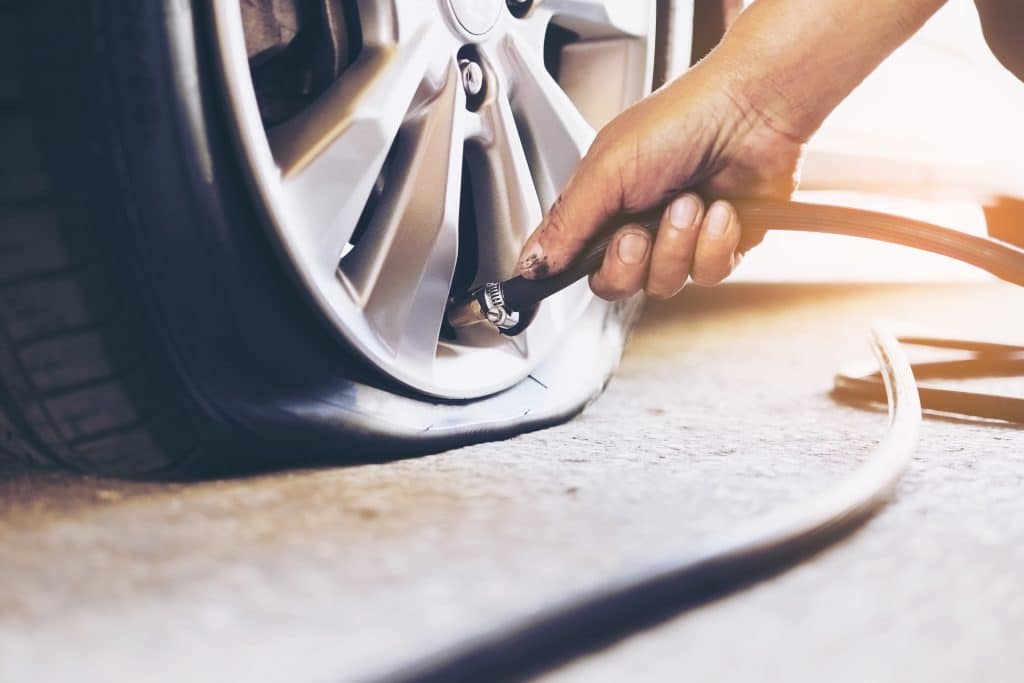
While I’m on the subject of pressure, I have to mention the TPMS. The tire shop will have this calibrated, and if you don’t see the light flashing on the dashboard, you won’t have any issues.
I should also mention the balance, which is crucial in getting a smooth ride and long-lasting tires. Like with all other aspects, tire shops will balance the tires, so you’ll be good to go. With that said, unexpected things can happen.
The technician at the tire shop attaches the weights on the wheel and checks the balance. You’ll have perfectly balanced tires when you drive out of the shop. The weights are attached with adhesive, and there are some rare cases where they can detach and fall, which will result in imbalanced tires.
If this happens, you’ll notice some additional vibrations. They won’t be too noticeable at slower speeds, but at slightly higher speeds, you’ll notice them a bit more. In these situations, it’s best to go to the tire shop to re-check the balance.
Disclaimer
The most important thing to note here is that, unlike a car engine, the breaking period of the tires isn’t as strict. Reading this guide, you may think you shouldn’t go faster than 10 miles per hour, but that’s not the case.
Whenever we talk about tire break in, period, we mean not pushing the tires hard before they get a chance to “get used” to the idea that they’ll be driven on the road. Don’t take racing tires into consideration; they aren’t made to last long, they’re made to go fast.
As scary as it seems, tire break in is something that you shouldn’t give too much thought to if you’re an average driver who doesn’t push his car too much. Taking the kids to school or picking up groceries is a pretty relaxed driving experience, and as long as you drive normally, you won’t have any issues.

With that said, if you’re a spirited driver, you may want to keep this in mind when you’re getting new tires. It’s not like you’ll destroy the tires in the first few weeks, but you may reduce the lifespan a bit, something you may notice down the line. So, I’d recommend staying away from the track at least for a while.
Another thing to consider if you’re an aggressive driver is something I talked about in one of my previous guides. New tires, especially the ones that haven’t driven a foot on the road, will slip a bit more. This is due to a lubricant used during the molding process. There’s some residue left on the tire, which wears off after several hundred miles on them. The slippery nature means you won’t get the maximum performance, which is another reason you shouldn’t push the tires hard the minute you leave the tire shop.
Conclusion
Tire break in is real, and it’s a good way to ensure you’re gradually getting the tires used to the road. The top lawyer wears off in the first several hundred miles, and you get the most performance they can offer. Also, this ensures you don’t stress them too much and reduces their longevity.
In reality, the main reason most people don’t pay too much attention to this is because they don’t drive aggressively. Regular driving and a bit of care is what you need to get them settled in, and the compound and components start working as intended. With that said, aggressive drives may need to take it down a notch, at least in the beginning. This ensures that they use the tires for as long as possible.
